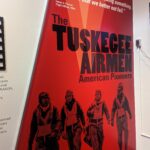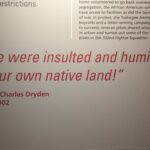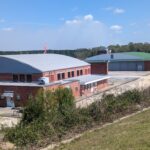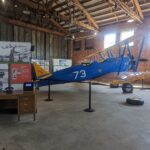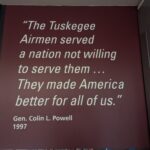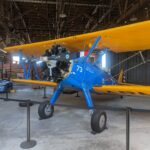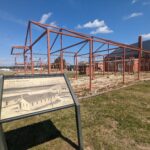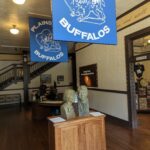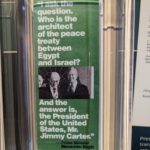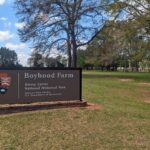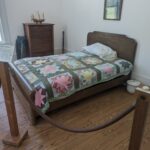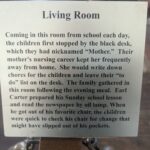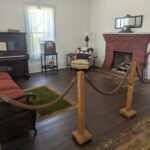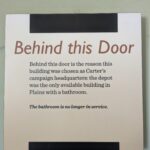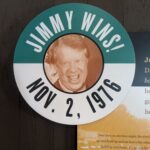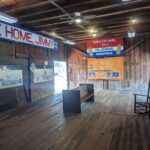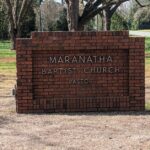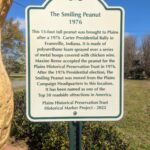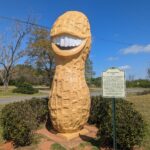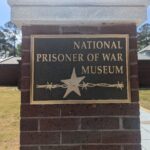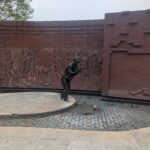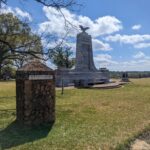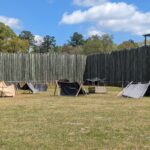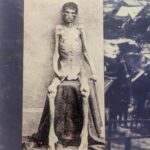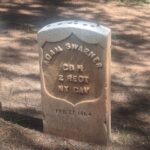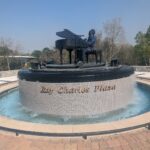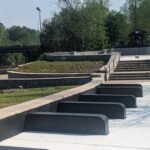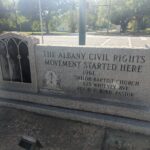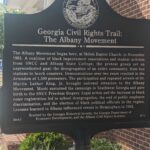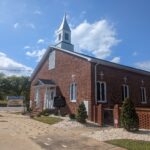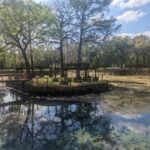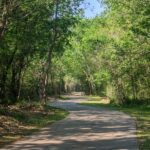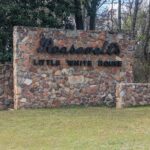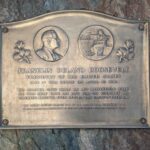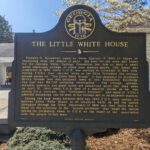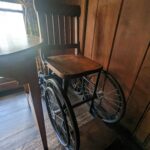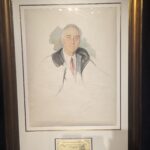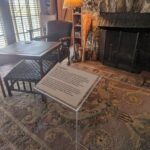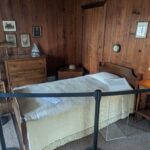
Albany, Georgia
After leaving Pensacola, I headed straight north to visit the Tuskegee Airmen National Historical Site, in Tuskegee, Alabama. I spent the afternoon here, visiting Hanger 1 and Hanger 2, learning so much about these brave men and women. So many people thought they weren’t capable of learning to fly or maintain the planes, they had to deal daily with the blatant racism of other military personnel, and after serving honorably they came home to repressive Jim Crow laws and more.
I spent several nights in Albany. I originally looked at Americus, right between the two sites I wanted to see but couldn’t find an AirBNB or hotel with good reviews.
Jimmy Carter National Historical Park
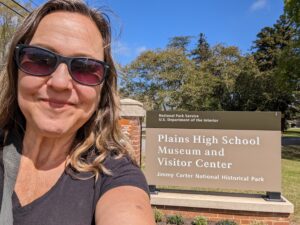 It was about a 45 minute drive from Albany to the Jimmy Carter National Historical Park, in Plains. The park consists of the Plains High School, the Plains Depot, and the Carter farm.
It was about a 45 minute drive from Albany to the Jimmy Carter National Historical Park, in Plains. The park consists of the Plains High School, the Plains Depot, and the Carter farm.
The high school houses the visitor center and museum. There is a 30 minute movie about President Carter and exhibits about his presidency and all the great work he and Rosalyn have done post-presidency.
The Plains Depot, the old train station, was chosen for the 1976 campaign because it had the only public bathroom in town. It has a video, signs, and exhibits about his campaign.
Finally, I headed out of town to visit the Jimmy Carter Boyhood Farm; there are audio guides available through the NPS app.

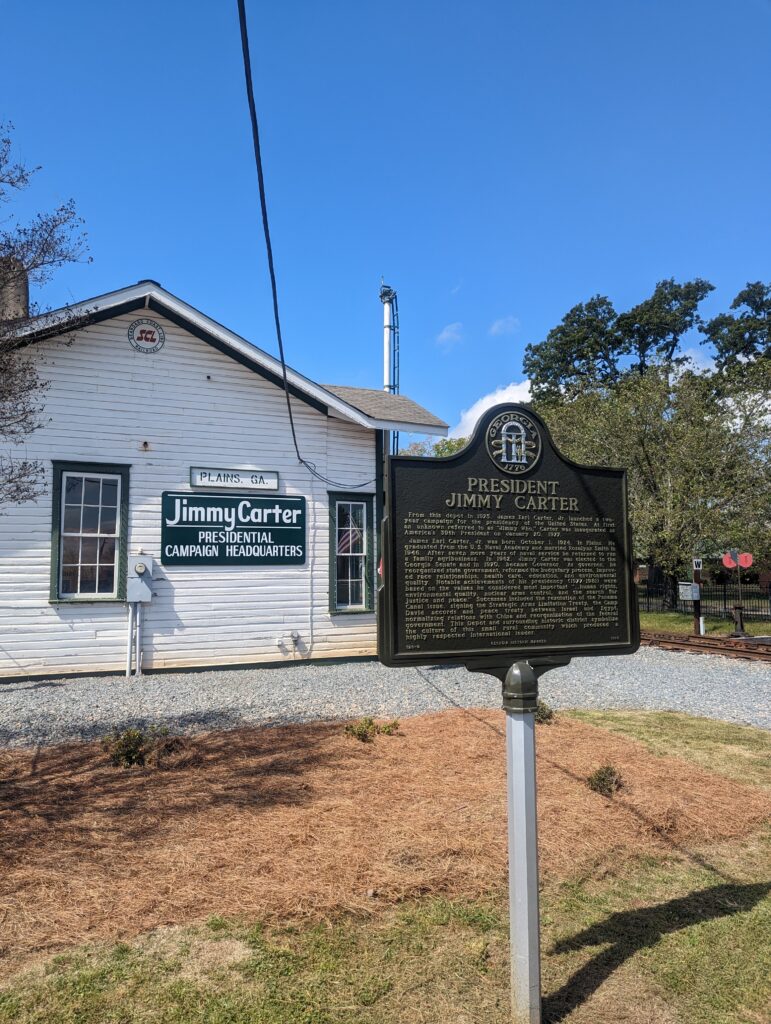
After the visitor center, I had lunch at the Buffalo Cafe at the Old Bank at the recommendation of the NPS rangers. I had a great southern burger with pimento cheese and fried green tomatoes but some really bad cole slaw. I suggest a different side.

The rangers also said do not get dessert at the Buffalo Cafe but go two doors down to Bobby Salter’s Plain Peanuts and General Store for the best peanut butter ice cream you’ve ever had. It was excellent, a huge cup for just $3. They also were giving out samples of their fried peanuts, they were delicious, so I bought a bag.
Andersonville National Historic Site
The next day, I drove to Andersonville National Historic Site, about an hour north of Albany. The site of a notorious Confederate prison of war camp, it now houses the National POW Museum.

It has history on POWs from the Revolutionary War, War of 1812, Civil War, Spanish American War, WWI, WWII, Korea, and Vietnam to the first Gulf War. There are two great videos showing in the theater, one about the Civil War and Andersonville, the second about all POWs with information from documents about the early wars to personal interviews with returning POWs from WWII, Korea, Vietnam and the Gulf War.
The exhibits are very interesting. There is a walking tour of the site, available via a QR code at the desk, for both the old prison site and the cemetery. I can’t imagine 45,000 men here in this small space, with no clean water, no shelter.
The 13,000 Union soldiers who died at the prison from disease and starvation are buried in the Andersonville Cemetery. The dead were buried without coffins, shoulder to shoulder and the tombstones are very close together. One of the prisoners, Dorence Atwater, was charged with keeping track of who died, and where they were buried. He kept copies of his records and gave them to the Department of War but they refused to publish the list (the museum did not document why). He met Clara Barton, and together with the Quartermaster Corps, they went to Andersonville after the war to mark the graves using Atwater’s list. Thanks to his work, 95% of the graves at Andersonville are identified.
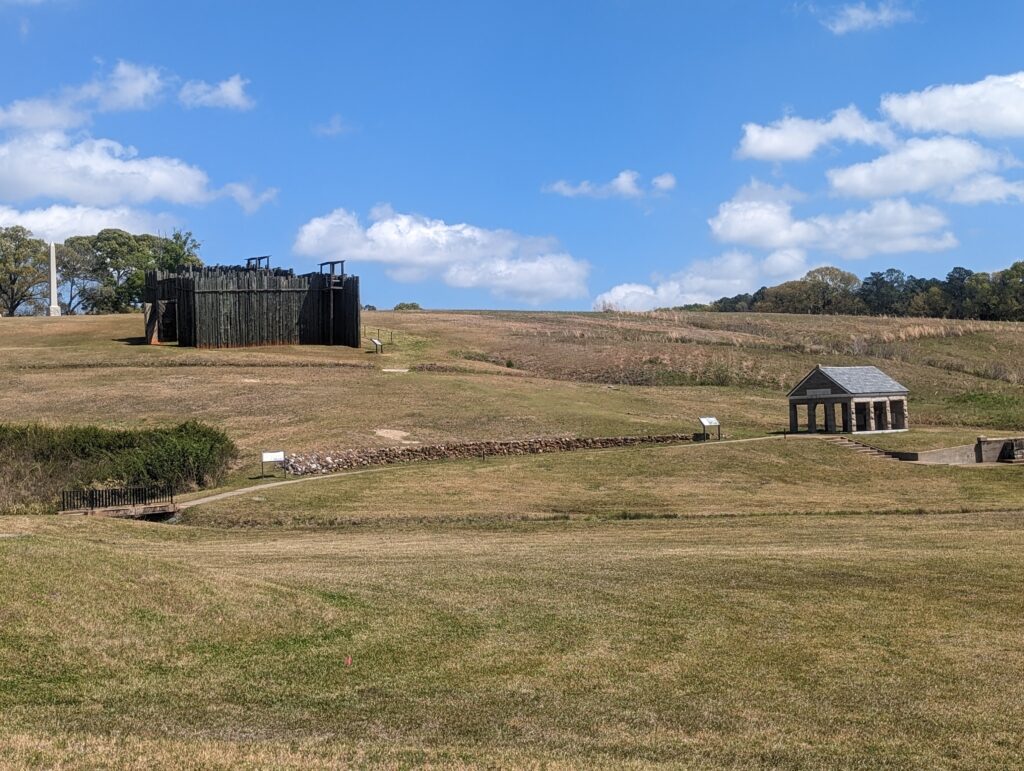
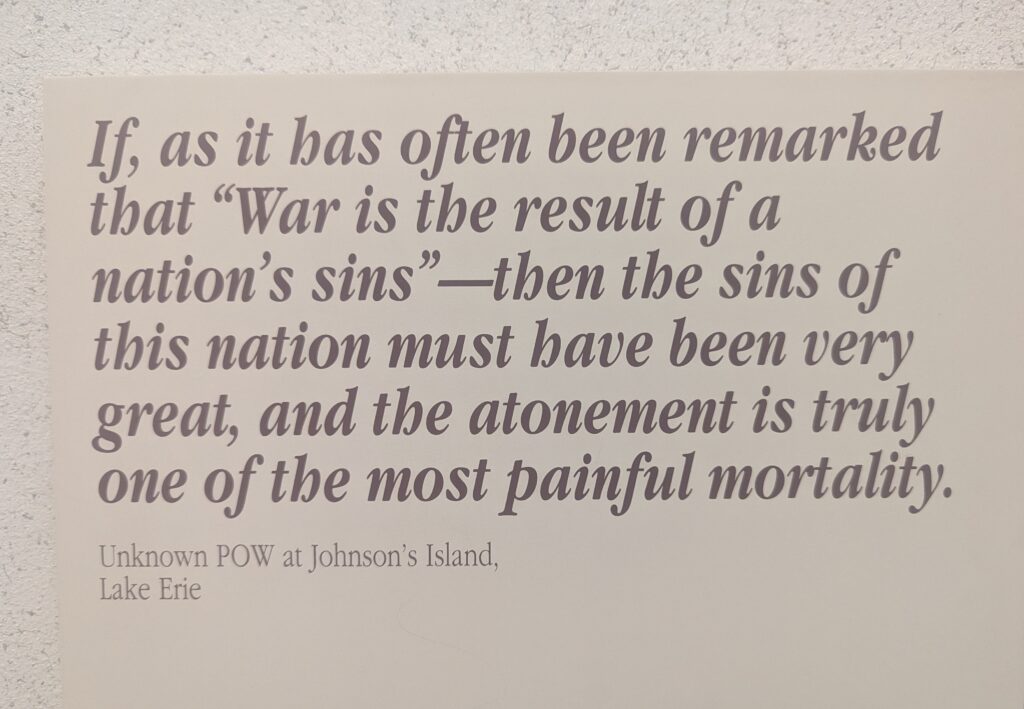
I didn’t plan well for this visit. After deciding to visit Jimmy Carter NHS and Andersonville NHS, then booking Albany I should have stayed longer. There was plenty more to see here, but I wasn’t focused on visiting Albany, just the historical sites.
I did have time for short visits to Radium Springs, a lovely area for a walk, the Shiloh Baptist Church, site of the Albany Civil Rights movement, and Riverfront Park. The Ray Charles Memorial Plaza is along the riverfront. I would have liked to seen the Albany Civil Rights Museum, but they have very limited hours.
FDR’s Little White House in Warm Springs
Leaving Albany for Marietta, I stopped for several hours to see FDR’s Little White House in Warm Springs. He came here in 1924 for the warm springs, hoping to find a cure for his polio. He built the Little White House in 1932 while still governor.
Roosevelt came frequently to the area. The springs didn’t cure him but did help his mobility. He had a stroke and died here April 12, 1945. The exhibits include the Unfinished Portrait, his car with the hand controls and much more.
I was able to tour the home and see his bedroom, office, and communication center, as well as the servants quarters. The pools are empty undergoing restoration.
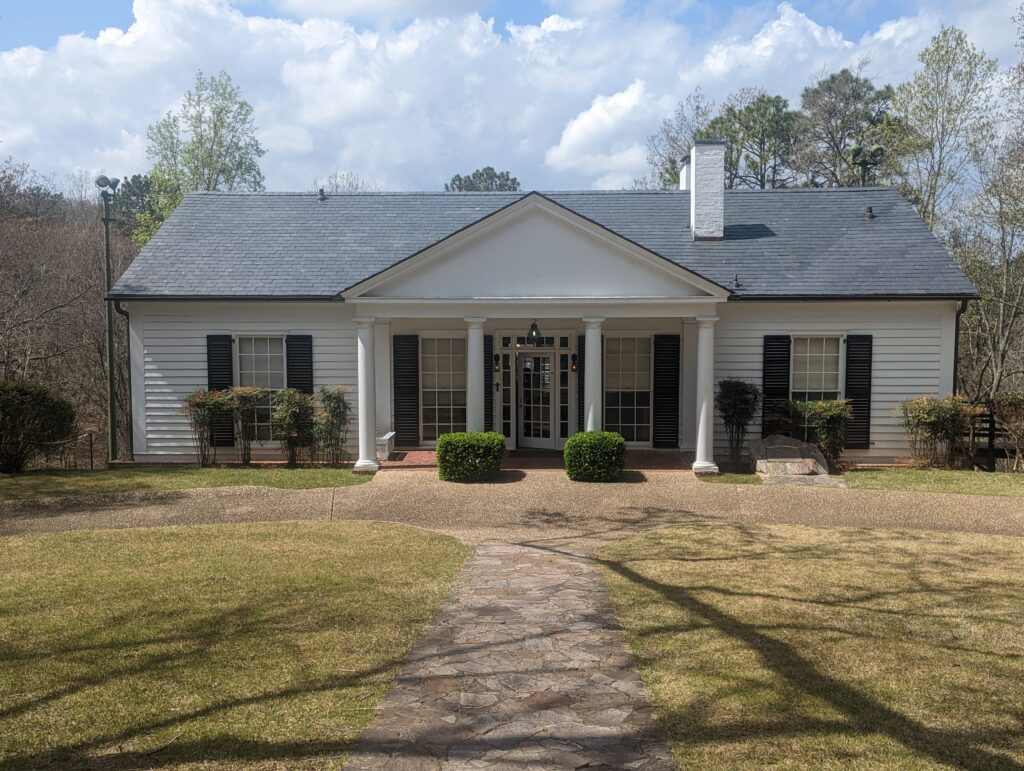
** All photos property of Lisa, not to be copied or reproduced **
